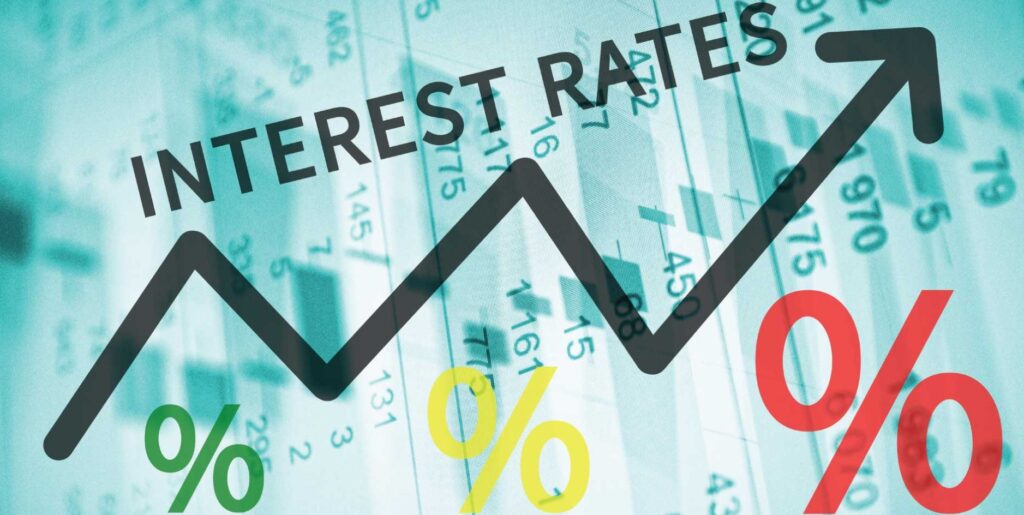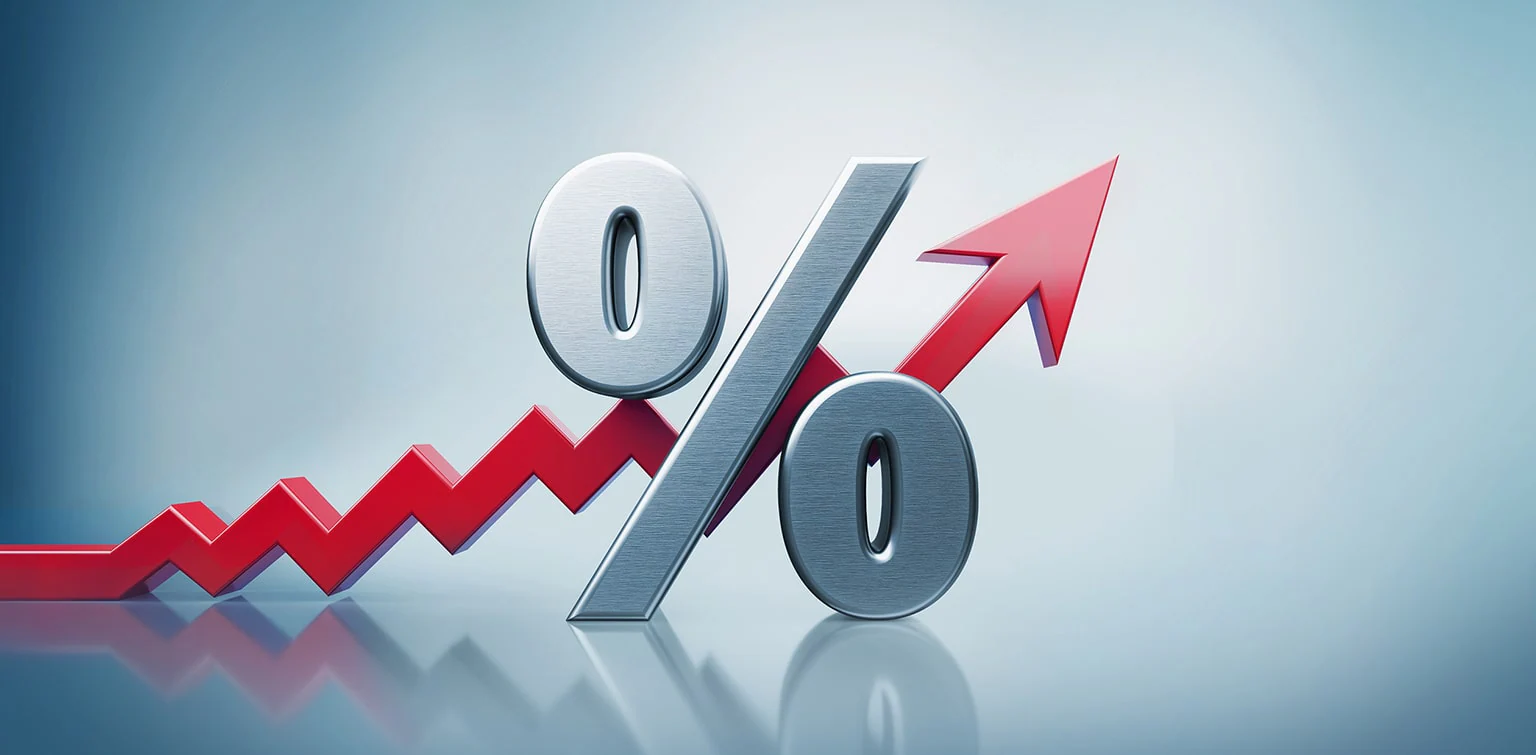Interest rates are the cost of borrowing money set by central banks to control inflation, regulate economic growth, and promote currency stability. When interest rates are high, borrowing becomes more expensive, reducing spending and lowering inflation. Conversely, low interest rates make borrowing cheaper, increasing spending and higher inflation.
Why Are Interest Rates Influential in the Forex Market?
The Forex market is where currencies of different countries are traded. One of the most critical factors in determining exchange rates in the Forex market is the supply and demand for these currencies. When demand for a currency is high, its value increases, and when demand is low, its value decreases. This is where interest rates become influential. The difference in interest rates between two currencies plays a significant role in determining their exchange rate. If one currency’s interest rate is higher than another’s, investors are attracted to the higher-yielding currency because they can earn more investment returns. As a result, the value of the higher-yielding currency increases while the value of the lower-yielding currency decreases.

Example: USD and EUR Consider the U.S. dollar (USD) and the euro (EUR). The Federal Reserve sets the interest rate for the USD, while the European Central Bank sets the interest rate for the EUR. If the interest rate for the USD is 2% and the interest rate for the EUR is 0.5%, investors will be attracted to the USD. They can earn higher returns by holding USD. This increases demand for the USD, leading to an increase in its value, while the value of the EUR decreases
Factors Influencing Forex Interest Rates
Indicators such as inflation, Gross Domestic Product (GDP), and employment data affect interest rates. Higher inflation can lead to higher interest rates, which can increase a currency’s value. Central bank policies significantly impact Forex interest rates.
Similarly, higher GDP and employment data can result in higher interest rates, boosting a currency’s value. Central bank policies significantly impact Forex interest rates. If a central bank decides to raise interest rates, it can attract investors to its currency, increasing its value. Conversely, if a central bank decides to lower interest rates, it can decrease the currency’s value.

Traders can use interest rates to their advantage. They might buy a currency with a higher interest rate and sell a currency with a lower interest rate, a strategy known as the “carry trade.” For example, if the interest rate for the Australian dollar (AUD) is 3% and the interest rate for the Japanese yen (JPY) is 0.1%, traders can buy the AUD and sell the JPY to earn higher returns on their investment.
Summary
Interest rates are a crucial factor in the Forex market, influencing the exchange rates between currencies. The difference in interest rates between two currencies significantly affects their exchange rate. Economic indicators, central bank policies, and trader strategies also impact Forex interest rates. Understanding Forex interest rates is essential for traders and investors to make informed decisions and maximize profits. Therefore, traders are advised to monitor interest rates and consider them in their trading strategies to achieve better outcomes

Leave a Reply